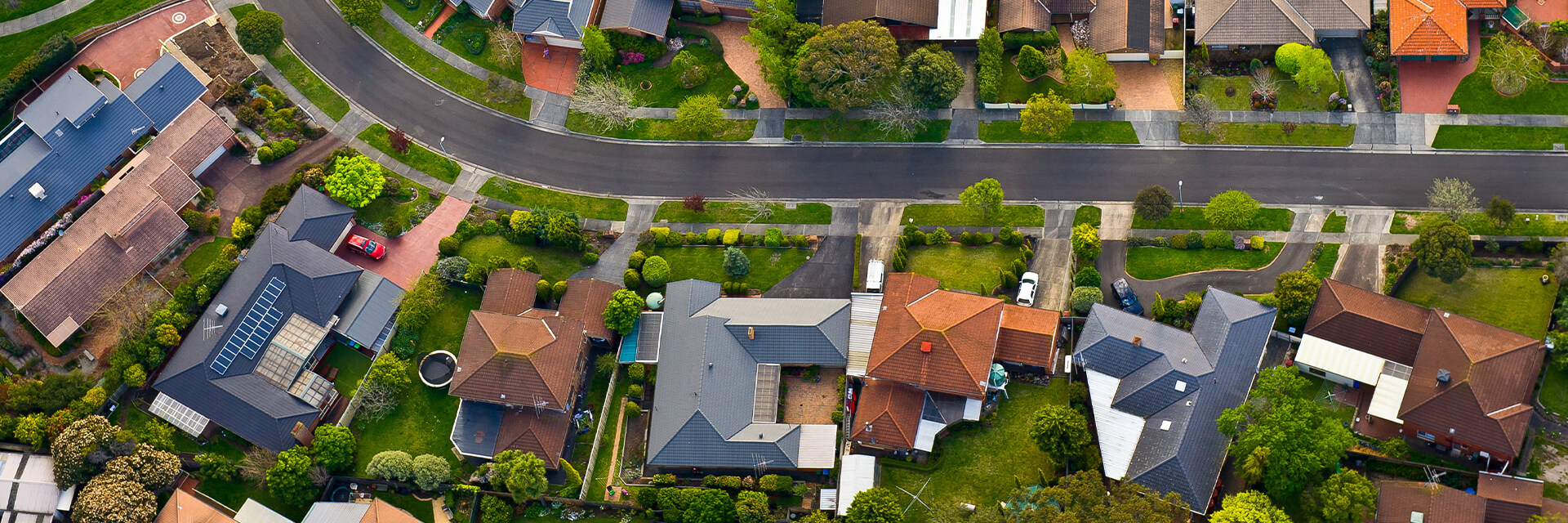
How the Pandemic Could Impact CAM Expenses for Commercial Tenants
- Published
- Jan 29, 2021
- By
- Edward Opall
- Topics
- Share
Last year was disruptive in so many ways for office building landlords and commercial tenants. Workers have largely been absent from these buildings since March 2020, yet the buildings have stayed open and available for use. No one really knows the long-term effect of the pandemic upon future needs for office space, because employers will decide over the next several years as their leases expire. Businesses have generally continued to pay rent to their landlords per their leases. However, most businesses have been vastly underutilizing their office space.
A byproduct of that utilization will play out over the next several months as office building landlords present tenants with their annual reconciliations of Common Area Maintenance (“CAM”) expenses for 2020. Lower physical occupancy has caused reduced operating expenses, which may lower the variable portion of the rent that office tenants pay.
The majority of office leases are net leases, which contain two elements of rent: base rent, which is fixed; and additional rent, which is variable based on actual landlord expenses over a base year. In net leases, the landlord covers the tenant’s share of initial year expenses, but passes along the additional expense each subsequent year of the lease. CAM expenses and real estate taxes (“RET”) expense are common types of additional rent. The tenant’s portion of expense is usually a stipulated percentage in the lease, which is based on the floor area of the tenant space as a percentage of the total floor area of the building. Common-area utilities, security, custodial, repairs and maintenance, insurance and building management salaries are the prime categories of CAM expenses, but there are many others expense categories that can be included.
Each tenant pays a monthly estimate of CAM expenses based on the building’s expected annualized expenses, taking into account their base year. Shortly after the end of the year, actual CAM pools are determined through their accounting system and reconciliations are provided to tenants who then owe additional money or get a credit applied to the next year.
Despite 2020 being a year when CAM expenses are expected to be much lower than normal due to very low physical occupancy, tenants should not expect to fully benefit in reduced additional rent. Landlords may assert their gross-up provisions in their leases with respect to certain variable expenses in order to increase their CAM pools to a “normalized” amount. Gross-up provisions were established to more fairly depict stabilized expenses for landlords during either the initial lease-up of the building or during a period of vacancy due to major tenant turnover. An example is when a large tenant lease expires and certain variable expenses are reduced, the remaining tenants’ CAM expenses wouldn’t be affected by the changes in total operating expenses due to the reduced leased occupancy.
Conversely, the gross-up provisions benefit tenants if 2020 is the initial year of their lease. Grossing up initial year variable expenses will be crucial for tenants as it will impact the additional rent they would pay for the remainder of their lease term.
We expect that the vast majority of buildings to have significantly lower utility costs, security and janitorial costs during the pandemic. As an offset, most incurred additional costs are to implement physical distancing, establish sanitizing stations, upgrade air filtration systems and cover other expenditures. Overall, actual CAM expenses paid in 2020 are expected to be much lower as utility costs are a large driver of the pool of expenses. We expect landlords to use gross-up provisions to the extent leases allow for their CAM pools in performing their reconciliations.
While gross-up provisions have been commonly used in commercial real estate for decades, it’s hard to imagine anyone could have foreseen their use as the result of a worldwide pandemic. The specific language of each lease will be important to determine whether it applies in the case of diminished physical occupancy or diminished leased occupancy. We expect both landlords and tenants to consult their attorneys on the language in order to determine their rights under the leases.
Commercial building owners should review each of their leases to verify their ability to gross up CAM expenses and document a policy to fairly account for a normalized pool of expense. Take care to follow the express terms of the lease with respect to one-time or capital expenditures for any extraordinary expense relating to building HVAC systems. Some leases allow for these costs to be passed through in the CAM pool, other leases exclude them, still some others allow an annual factor for depreciation to be included in the pool.
Tenants should review their lease provisions carefully to understand what is or isn’t allowable for CAM pools and pay close attention to their timing requirements for notifying landlords of intent to dispute or audit the reconciliations. We should see an increased number of audits on behalf of tenants this year as finalized expense pools will be anything but typical.
What's on Your Mind?
Start a conversation with Edward
Receive the latest business insights, analysis, and perspectives from EisnerAmper professionals.











